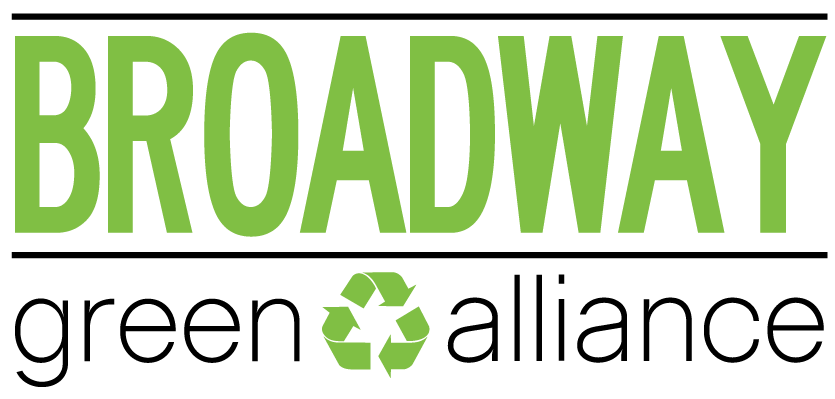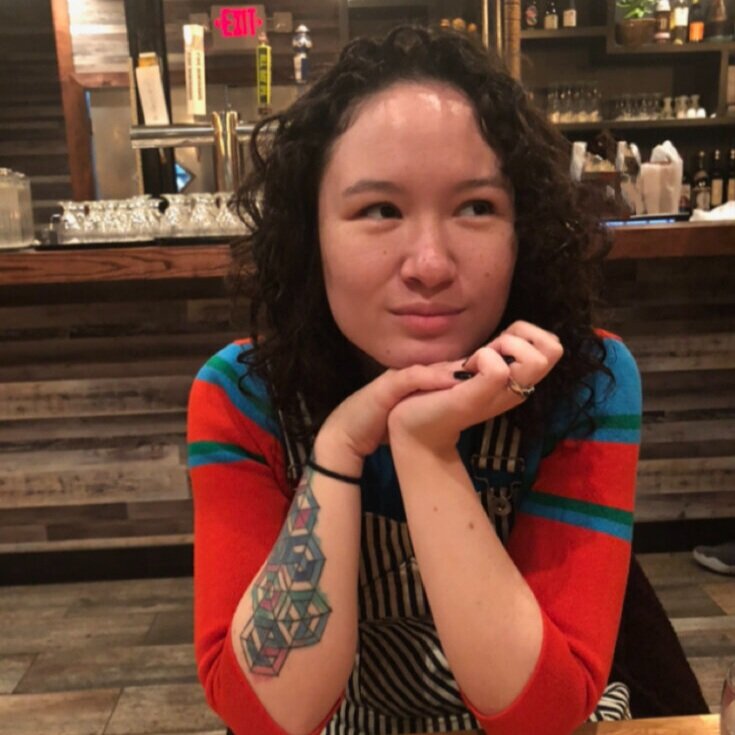A GUIDE FOR SUSTAINABLE COSTUMES
How can we source socially and environmentally responsible costumes? This section includes a sustainable costume & wardrobe resource guide, a virtual learning session featuring, as well as a deep dive into why it’s important to source socially and environmentally responsible textiles.
BGA Sustainable Costume & Wardrobe Resources guide
The Broadway Green Alliance (BGA) created this guide linked here, in collaboration with designers Hahnji Jang and Azalea Fairley, to provide members of our community with resources on how to source, shop, and locate sustainable fabrics for theatrical costuming and personal use. This guide includes local options for the New York City area, as well as national options and international resources.
This is a living document and we encourage you to send additions and feedback: info@broadwaygreen.com
SUSTAINABLE SOURCING VIDEO learning session
This virtual learning session, “Dress Has Always Been My Greenest Suit: Sourcing Sustainable Costumes and Clothing” was part of our #GreenQuarantine virtual learning series.
Watch now on YouTube!
WHAT IS THE IMPACT OF THE TEXTILE INDUSTRY?
Consider the environmental impacts of the fashion industry:
“EPA estimated that the generation of textiles in 2018 was 17 million tons. The recycling rate for all textiles was 14.7 percent in 2018, with 2.5 million tons recycled.”
water
It takes 93 billion cubic meters (or about 24.6 trillion gallons, U.S.) of water to produce material annually, which is enough to meet the consumption needs of five million people.
One pair of jeans requires about 3,781 liters of water when cotton production, manufacture, transport and washing are taken into account.
Additionally, about 20% of global industrial water pollution is from dyeing and textile treatment. (SOURCE)
emissions
"The fashion industry is responsible for 10 % of annual global carbon emissions, more than all international flights and maritime shipping combined. At this pace, the fashion industry’s greenhouse gas emissions will surge more than 50 % by 2030."
"If demographic and lifestyle patterns continue as they are now, global consumption of apparel will rise from 62 million metric tons in 2019 to 102 million tons in 10 years." (SOURCE)
MICROPLASTICS
"Every year a half a million tons of plastic microfibers are dumped into the ocean, the equivalent of 50 billion plastic bottles. The danger? Microfibers cannot be extracted from the water and they can spread throughout the food chain." (SOURCE)
What can theatre artists do to help curb wardrobe's environmental impact?
“A good place to start is buying used, asking yourself, ‘Do I really need this?’”
USING WHAT ALREADY EXISTS
"Textile reuse refers to various means for prolonging the practical service life of textile products by transferring them to new owners[...], with or without prior modification (e.g. mending). This can for example be done through renting, trading, swapping, borrowing and inheriting, facilitated by, for example, second hand shops, flea markets, garage sales, online marketplaces, charities and clothing libraries.” (SOURCE)
Community Case Study
Conscious Costume, a Chicago-based organization founded by designer Kristen P Ahern, is a growing community of artists and stewards looking to make environmentally and socially friendlier decisions.
They host a low-cost, accessible, and easily available costume rental program in which members from anywhere in the country may order or recycle costumes.
There are communities of theatre artists across the country involved in these reuse programs. Consider reaching out to your local cohorts to discover what is being done!
Conscious Costume also hosts their own resources, including the Sustainable/Ethical Source List, described as a "free current working document of environmentally, ethically conscious and BIPOC owned sources that costume professionals may find useful". This list will be a great guide for sourcing new, responsible materials.
Sourcing Responsible Materials
There are a number of eco-certifications to look for when purchasing new materials that let you know which products have been ethically or sustainably produced.
Global Organic Textile Standard (GOTS)
"The Global Organic Textile Standard covers the entire production process based on the use of organic fibres from textile processing and manufacturing up to licensing and labelling. While this is a rigorous process in which all criteria must be met, the result is an internationally recognized organic certification demonstrating to stakeholders, partners, and consumers your commitment to providing sustainable, ethical, and high-quality products." Learn More
FairTrade
“The Fairtrade Textile Standard is one component of the greater Fairtrade Textile Programme to facilitate change in textile supply chains and related business practices. This comprehensive approach engages manufacturers and workers in the supply chain to bring about better wages and working conditions, and engages brands to commit to fair terms of trade. This standard applies to operators employing hired workers in the textile supply chain processing Fairtrade certified cotton and/or other responsible fibres. This includes, but is not restricted to, ginners, spinning, weaving, knitting, and cut-make-trim stages of textile production. This standard is applicable in countries and regions where freedom of association is possible. Non-essential elements and accessories are not included in the scope of this standard. This standard also applies to brand owners purchasing finished textiles. The brand owner must have a contract with the relevant national Fairtrade organization or Fairtrade International.” Learn More
Rainforest Alliance
“The seal means that the certified product or ingredient was produced using methods that support the three pillars of sustainability: social, economic, and environmental. Independent, third-party auditors—critical to the integrity of any certification program—evaluate farmers against requirements in all three areas before awarding or renewing certification. Our data-informed certification programs emphasize a commitment to continuous improvement, sustainability training, and clear benefits for farmers.” Learn More
Things to consider before starting your next project
Can I thrift, borrow, rent, or swap materials?
Can I make it from materials I already have?
Can I recycle my stock?
How are people and the planet affected by my decisions?
Questions? Email info@broadwaygreen.com!













